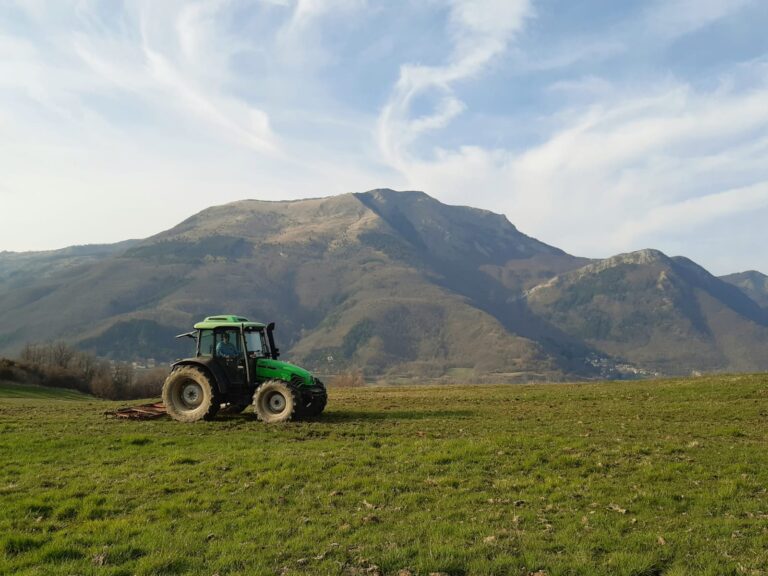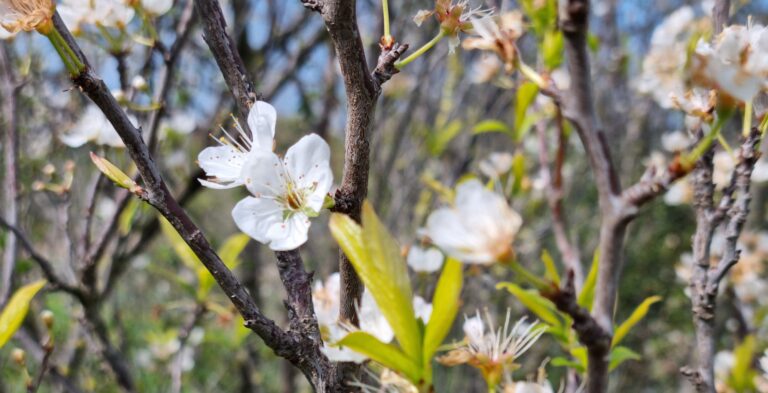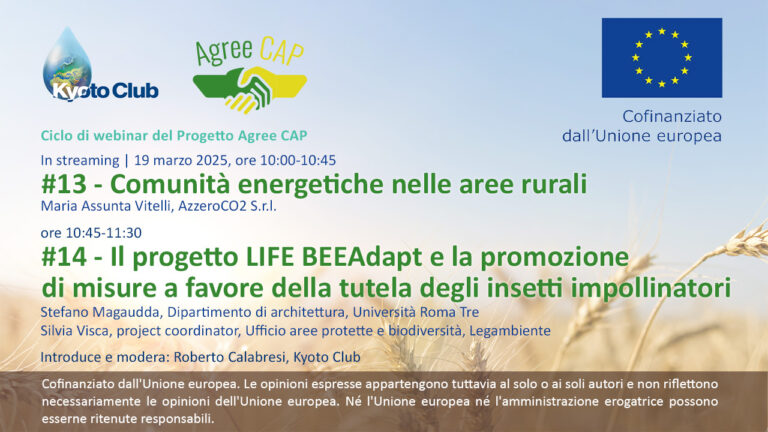In recent decades, the Appennino Tosco-Emiliano Park (PNATE) has recorded a significant increase in average temperatures, exceeding the global increase (1.8°C against 1.5°C). This affects the distribution of pollinators, causing habitat loss and local disappearance of species. Being ectothermic, these organisms clearly show how variations in temperature and precipitation can increase stress and mortality, especially in mountainous areas such as the park. The plants on which they depend are also at risk, with possible alterations in phenological cycles or disappearance, leading to temporal misalignments in food availability.
Climatologists develop future climate “scenarios” based on the mitigation strategies adopted, ranging from a complete transition to renewables to the continued use of fossil fuels. Species “distribution models” analyze the effects on biodiversity, illustrating potential changes in their distribution based on climate scenarios and environmental conditions.
The results of the distribution models applied to PNATE pollinators paint a worrying picture. In both scenarios, a widespread reduction in pollinator richness is expected in the park.
Most of the area is expected to experience significant losses with only a few limited areas likely to remain stable or show a slight increase. This suggests that while emissions mitigation may mitigate negative impacts, it may not be sufficient to ensure pollinator conservation. Field interventions, such as those of the BEEadapt project, that promote sustainable agricultural practices and the increase of host plants, are therefore essential.




